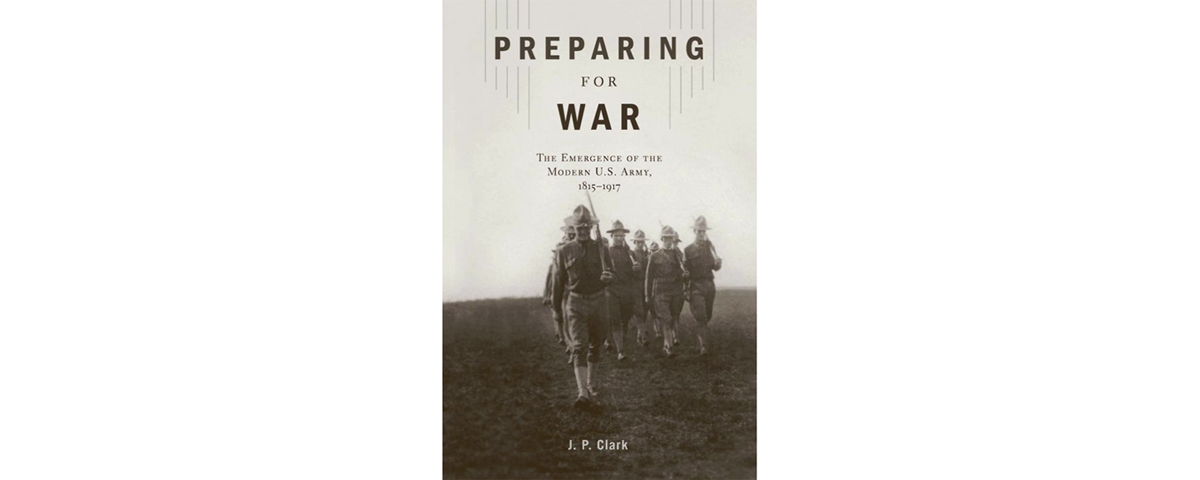Preparing for War: The Emergence of the Modern U.S. Army, 1815–1917, by J.P. Clark, Harvard University Press, Cambridge, Mass., 2017, $39.95
The defining characteristic of U.S. preparation for war in the nation’s first century was assiduous attention to lessons that were often outdated by the time the next conflict came around. Experience battling Stonewall Jackson, for example, wasn’t much help when tracking Sitting Bull; conclusions from the assault of San Juan Hill were dramatically ill-suited when approaching combat on the Western Front. The alternating and overlapping tumult of innovation and inertia, centralization and dispersion is the fascinating story of Clark’s volume, one that documents the century-long shift from the concept of the innate warrior to that of the trained careerist.
Clark is acutely aware of the very real difference between practical and theoretical skills in conflict, and that soldiers with expertise in one domain are often incompetent in the other. The vast majority of conflict over the century comprised outpost-based frontier fighting, which, useful skill that it was, was poor preparation for large-scale, set-piece battles. On the other hand, those tasked to prepare for large-scale combat were often mediocre at its actual conduct. If drill and organization were the principal skills desired of commanders, we’d have countless statues of George McClellan and Ambrose Burnside.
Clark anchors his account on various efforts to organize and standardize Army procedures and the education of its officers and men, from combined operations exercises to the establishment of permanent educational facilities. The rise of officer education in the U.S. Army prompted some piquant, Minuteman-like objections, such as one officer’s reaction to “wisdom crammed down our throats like food down the necks of Strasbourg geese.” Even its advocates were far from reaching consensus on a recipe for this organizational pâté. Study and written exams yielded benefits but often overlooked the actual and pressing exigencies of war itself. Well into the rising tide of instruction a 1910 manual failed to address the combined command of infantry and artillery.
Conflict, of course, is the only final exam that matters. In the meantime, military organization and preparation remain intrinsically difficult, put to the test only on wildly disparate, sporadic occasions. It’s a problem the Army grappled with well into its formative years, one whose origins Clark cogently illuminates.
—Anthony Paletta





